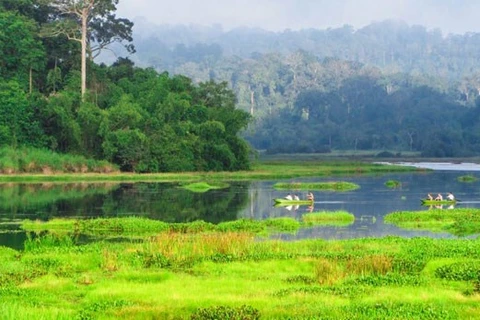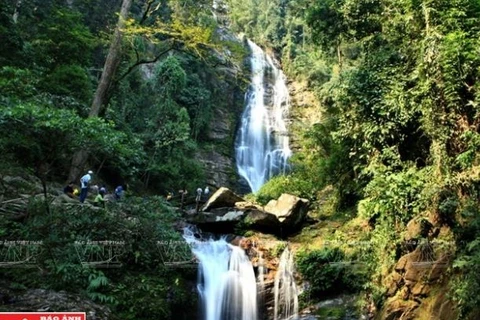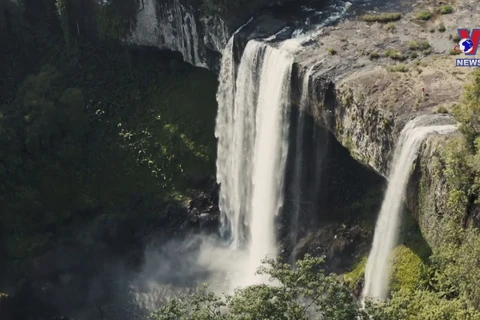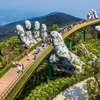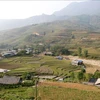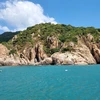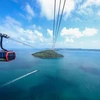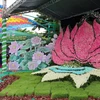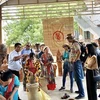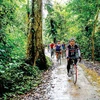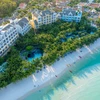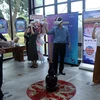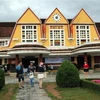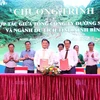Hanoi (VNA) – Can Gio mangrove forest, designated by UNESCO in 2000 as the first Mangrove Biosphere Reserve in Vietnam, has been serving as a “green lung” of Ho Chi Minh City.
Rich ecosystem
Can Gio Mangrove Biosphere Reserve covers over 70,000 hectares, occupying one-third of Ho Chi Minh City’s total area. It is located in Can Gio district, previously Duyen Hai district. The area is situated in a recently formed estuary complex of tidal flats, where the Vam Co, Sai Gon and Dong Nai rivers reach the sea.
Historically, this land, also known as Sac Forest Guerrilla Base, was a key battleground in the two resistance wars against the French and US aggressors, and devastated by US forces who sprayed toxic chemicals that turned the zone into an uninhabited land.
After the war, the uninhabited mangrove forests have gradually been invigorated, and its beauty and magnificence returned thanks to the hard work of local people.
Tourists to the site are offered an insight into Sac Forest soldiers’ military feats in the past.
The forest is rich in biodiversity values. There are 52 true and associate mangrove, 200 animal, hundreds of fish and over 40 bird species.
The major habitat types found in Can Gio are plantation mangrove, of which there is about 20,000 ha; and naturally regenerating mangrove, of which there is about 7,000 ha.
A total of 18 mollusc, 27 crustacean, 45 fish and three amphibian species have been recorded at the site. There are anecdotal reports of local farmers shooting an Estuarine Crocodile Crocodylus porosus at the site in around 1990, although there have been no records since then. Also, dugong has been reportedly spotted seasonally in sea-grass beds at the site, and yet these reports have not been confirmed.
The mangrove forest in Can Gio performs many valuable ecological functions, including coastal stabilisation, and protection against coastal erosion, oil spills and storm surges.
Towards sustainable development
HCM City authorities have turned Can Gio into an attractive ecological tourist site by consolidating bridges, roads, canals and pathways to the forest.
The managing board of Can Gio forest has rolled out various research programmes to orient the management of natural resources, towards sustainable development and bio-diversity preservation.
Since 1994, it has also tasked 144 households and 12 units with forest protection, which has proven effective over the past time.
HCM City will consolidate mechanisms and policies on Can Gio forest management and planning, encourage the participation and contributions by local residents and relevant sides in this regard, step up the communications work to raise public awareness of environmental protection, and work to create livelihoods for residents in buffer zones.
Associate Prof. Tran Dinh Thien, former Director of the Vietnam Institute of Economics, said Can Gio is developing sea-encroachment tourism, and suggested the locality boost sustainable development, while creating breakthroughs to optimise its advantages.
This will help the district promote both cultural and ecological tourism, said Dr. Nguyen Thi Hau, General Secretary of the HCM City History Association./.

